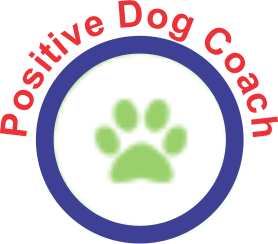Relaxation can come in many ways. The most common and quickest form is to simply take a breath and let all the air out as our shoulders come down. When we are working on training with Rylee, I try to take a breath before the training begins or before an event occurs that we are training her for. It might be when we want her to relax and chill. We have an activity that we do with her where we have her lay down on a mat, and relax. She shows that she is relaxed when one of her back legs is kicked out to the side.
I ask her to relax and give her a treat every 15 seconds. I increase the duration between treats until she eventually puts her head down and relaxes. She actually takes a breath before she closes her eyes when we are intentionally training it. What I do during this training session is be relaxed myself. I will occasionally take a deep breath verbally so she can hear me. I read that it actually helps them to calm themselves.
Relaxation In Use
Relaxation is also very good for emotional control. When we are walking with Rylee, and I see a dog up ahead that she might get excited about, it is important for me to relax and sort of plan how we are going to approach the situation. Right now she is too young and inexperienced to be able to calmly walk by on the same side of the street so we will cross. then while we are walking past them from the other side of the street, I am calmly asking her to look at me and focus on our walk.
If I am feeling frustrated with Rylee because maybe she is barking or something, I can use relaxation to bring myself down to work with her. Part of what helps me to relax with her is knowing that she is still a puppy and until she has had enough training, I can’t expect her to always do what I am asking her to do.
Types of Relaxation
Breathing
The quickest and most common way to relax is with breathing. It can be done easily while out on a walk, when something happens inside the home or even when I am thinking about the things that we want Rylee to be able to do.
Visualization
Using visualization to relax could be imagining that I am somewhere that I find calming and peaceful. I like to visualize the activity that we are working on if it is a complex one. I imagine me guiding Rylee through it successfully. This is relaxing for me.
Sound
Using calming music or listening to the sound of the ocean can be a calming sound. Some even listen to rock music or something more fast paced to relax. It is all individual.

